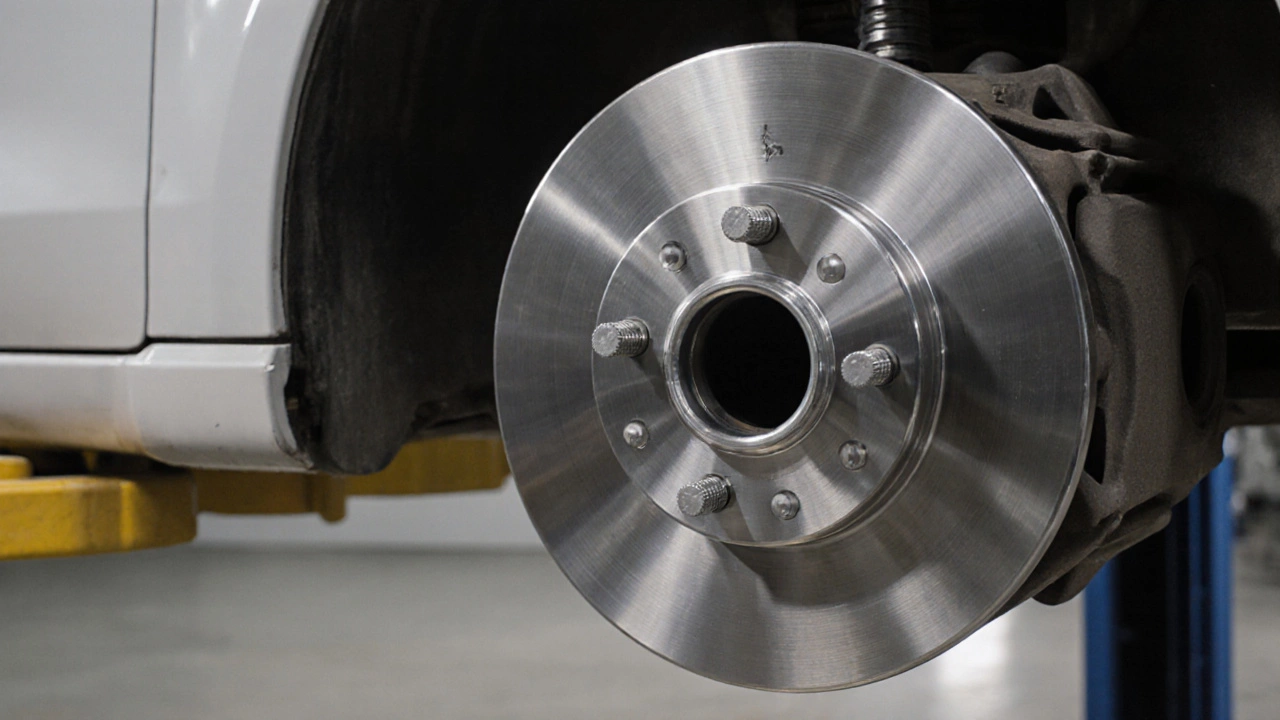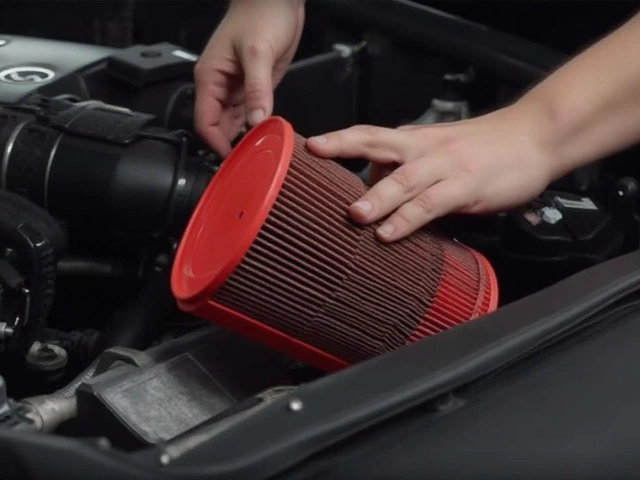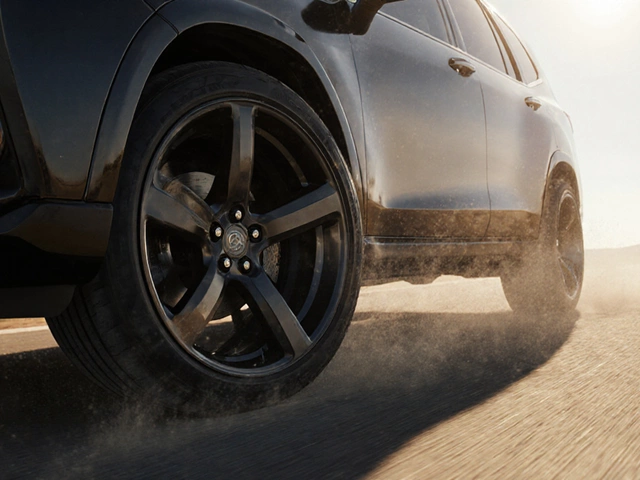Wheel Spacer Offset Calculator
Calculate Your Wheel Setup
Enter your current wheel specifications to see how spacers affect your offset and track width.
Results
Many drivers ask: are wheel spacers safe for daily driving? The short answer is‑yes, but only when you pick the right type, install them correctly, and keep an eye on a few key factors.
What Exactly Is a Wheel Spacer?
wheel spacer is a thin metal (or alloy) plate that sits between a vehicle’s wheel hub and the wheel itself. Its primary purpose is to increase track width or correct wheel offset so the tire sits flush with the wheel well.
Types of Spacers: Hub‑Centric vs Lug‑Centric
Not all spacers are built alike. The two most common designs are hub‑centric spacer which has a precisely machined bore that matches the hub’s diameter, and lug‑centric spacer which relies on the wheel’s bolt pattern to centre the assembly.
Hub‑centric units line up the wheel directly over the hub, reducing stress on the wheel studs. Lug‑centric parts can be fine for occasional use, but they may introduce wobble if the bolt pattern isn’t perfectly concentric.
| Feature | Hub‑Centric | Lug‑Centric |
|---|---|---|
| Alignment Method | Matches hub bore | Relies on bolt pattern |
| Stress on Wheel Studs | Low | Higher if off‑center |
| Ideal Use | Daily driver, performance builds | Short‑term or aesthetic only |
| Cost | Usually higher | Usually lower |
How Spacers Change Wheel Offset and Track Width
wheel offset is the distance from the wheel’s mounting face to its centre line. Adding a 10‑mm spacer effectively reduces the offset by the same amount, pushing the tire outward.
Increasing track width improves a car’s stance, but it also widens the turning circle and can alter steering geometry, especially the scrub radius. Most manufacturers design components for a specific range, so staying within 15‑20 mm of the original offset is a safe rule of thumb for everyday use.
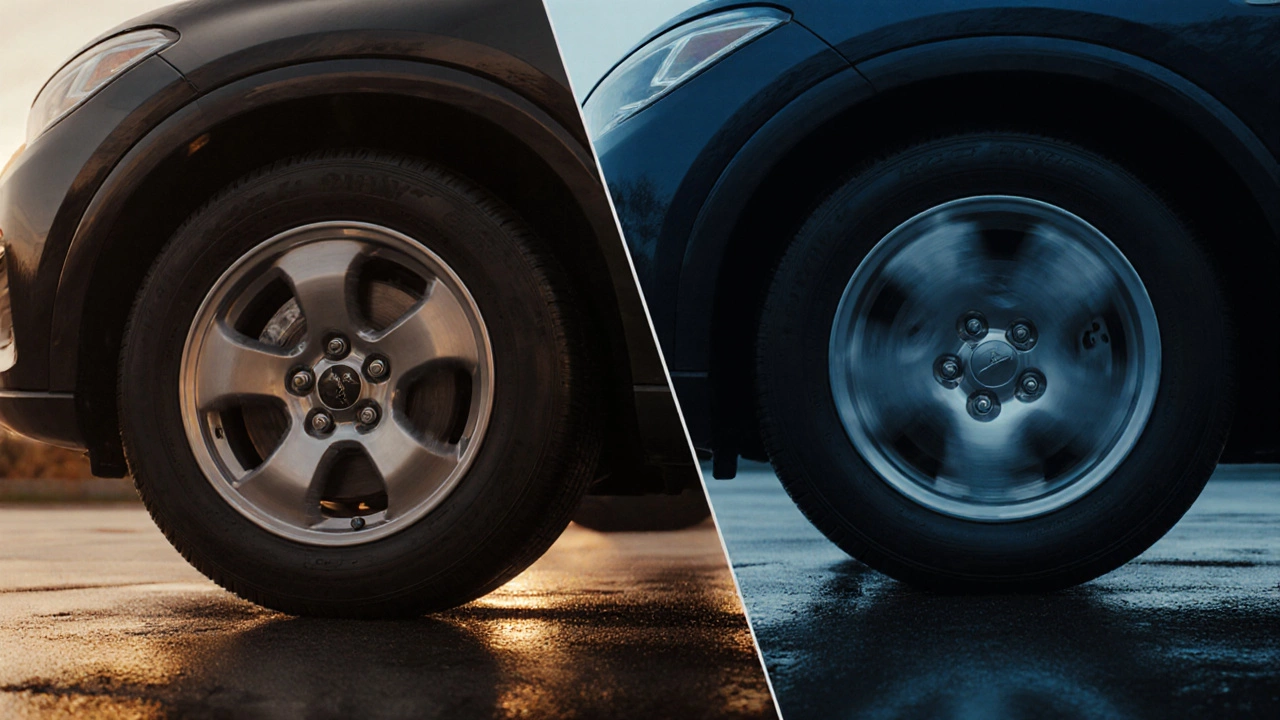
Safety Concerns You Should Know
The main worries revolve around stress on bolts, bearing wear, and uneven tire wear. A spacer that’s too thick can place extra load on wheel studs, leading to stretch or failure over time.
Improper installation can also cause the hub to sit off‑center, creating vibration that accelerates bearing fatigue. That’s why using a torque specification chart from the spacer manufacturer or vehicle handbook is critical.
Installation Best Practices
- Verify the spacer’s centre bore matches the hub diameter exactly. If there’s any play, the unit is not hub‑centric.
- Clean the hub surface and wheel mounting area to remove rust or debris.
- Apply a thin layer of high‑temperature anti‑seize compound to the bolt threads only - not the wheel seats.
- Mount the wheel, then tighten each lug to the factory‑specified torque (usually 80‑100 Nm for passenger cars). Use a star‑pattern sequence.
- Re‑check torque after the first 50‑100 km of driving; heat can cause slight stretch.
- Inspect the wheel bolts and hub after 1,000 km for any signs of stretch or corrosion.
Legal and Warranty Implications
In many regions, including Australia, vehicle manufacturers may void the vehicle warranty if non‑OEM spacers are installed without approval. Some insurers also consider spacers a “modification” and may raise premiums.
Before fitting, check your owner’s manual and talk to your dealer. If the spacer is certified to meet FMVSS or ECE standards, you’re generally on safe legal ground.
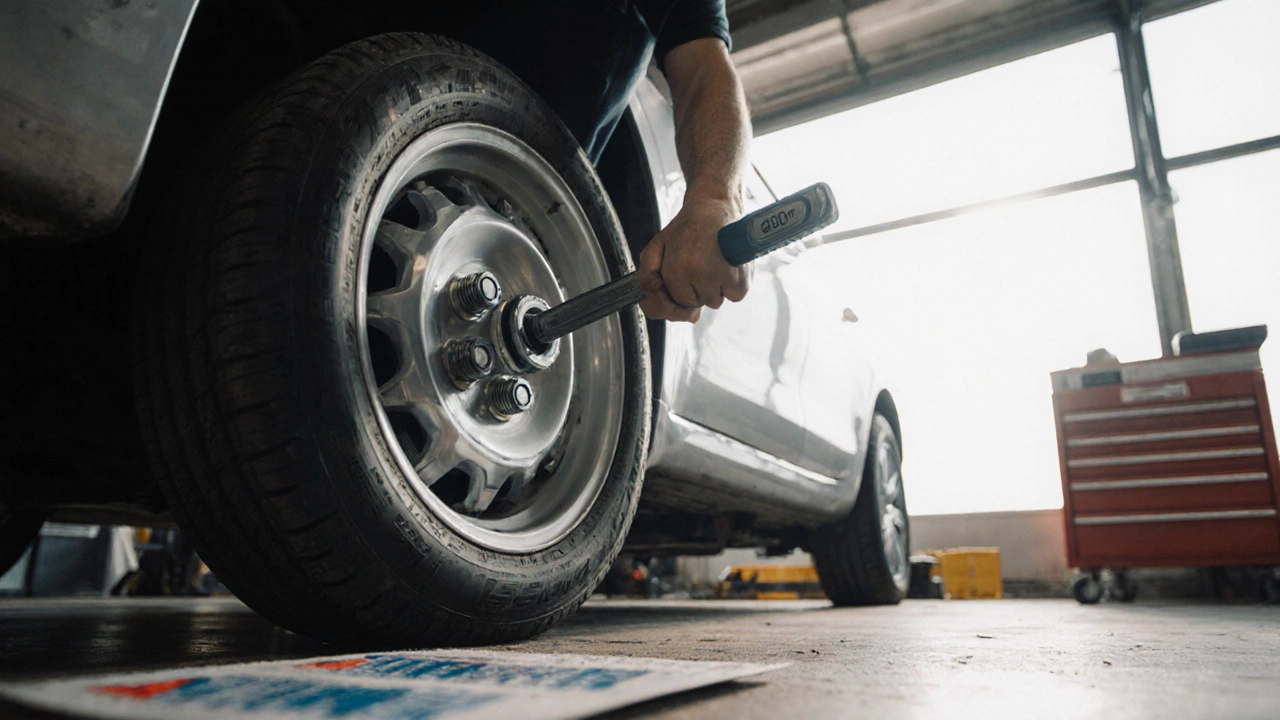
Real‑World Experiences from Daily Drivers
John, a Brisbane commuter, installed a set of 8 mm hub‑centric spacers on his 2018 Corolla. He reports a more confident feel in cornering, no vibration, and no brake‑pad wear increase after 15,000 km.
Conversely, Maya tried 20 mm lug‑centric spacers on a compact hatch without checking bolt pattern concentricity. After 3,000 km she noticed a subtle wobble and had to replace the front wheel bearings early.
The takeaway? Thin, hub‑centric spacers that stay within the manufacturer’s offset range tend to blend seamlessly into daily life.
Quick Safety Checklist for Daily Use
- Choose hub‑centric spacers that match the hub bore.
- Stay within 15 mm of the original offset.
- Torque lug nuts to spec and re‑check after the break‑in period.
- Inspect bolts, hub, and bearings every 5,000 km.
- Confirm the modification doesn’t breach warranty or insurance terms.
Frequently Asked Questions
Do wheel spacers affect fuel economy?
The impact is minimal. A small increase in wheel width adds a few extra kilograms of rotating mass, which might cost a fraction of a percent in fuel use. For most daily drivers the difference is unnoticeable.
Can I use spacers with a tire pressure monitoring system (TPMS)?
Yes, as long as the TPMS sensor sits correctly on the rim. Some spacers include a small lip to hold the sensor in place; otherwise, you may need to reinstall the sensor after bolting the wheel.
Will spacers cause my steering wheel to be off‑centre?
If you keep the offset change within a modest range (under 20 mm) and use hub‑centric units, the steering geometry stays within factory tolerances, so the wheel won’t drift off‑centre.
Do I need new lug nuts after adding spacers?
If the spacer adds significant thickness, use longer lug nuts to reach the wheel’s stud holes fully. Short nuts can strip threads or cause loose bolts.
Are there any speed limits when driving with spacers?
No specific speed limit is imposed, but stay within the vehicle’s rated speed for the wheel‑bolt pattern. Excessive speeds combined with an over‑wide setup can magnify vibration.

